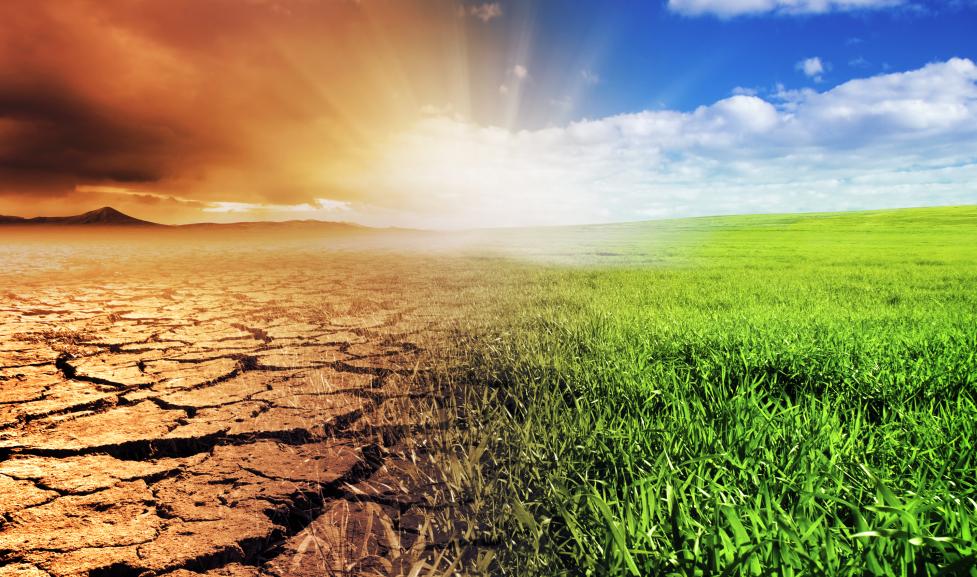On or around May 1, the City of Boulder assesses its water supply status and determines whether or not to declare a drought and implement water use restrictions.
The City of Boulder monitors conditions in our watershed while managing water resources and reservoirs.
Resources
Drought Response Plan
The City of Boulder's Drought Plan provides guidance for recognizing droughts that may affect water supply availability, and for responding appropriately to these droughts.
The city uses drought rules and regulations to provide specific details that the city manager, in consultation with City Council, may use to declare or lift a drought alert stage, as well as guide an appropriate response to a drought event.
The primary factors in the city’s annual May 1 water supply evaluation include the:
- high-mountain snowpack measurements in the city’s watershed,
- water storage levels in the city’s reservoirs, and
- available amount of CBT water.
Snowpack
Snowpack is important because the city relies heavily upon snowmelt runoff to fill and store water in its upper Boulder Creek basin reservoirs each year. During the winter and early spring, city staff measures snowpack levels in the watershed that supplies much of the city’s water.
However, snowpack isn’t the only measurement for drought. Even with lower-than-average snowpack, it’s possible to have enough water stored in reservoirs, combined with a decent allotment of CBT water, to provide water to customers.
Reservoirs
Water stored in the city’s upper Boulder Creek basin reservoirs is also an essential component in determining the city’s annual water supply. As snowmelt wanes later in the summer and the city can no longer treat runoff directly from its diversion points on the streams, the city must start treating water from reservoir storage to distribute. The city continues to use reservoir water until the following spring when snowmelt begins again. The city manages its reservoirs so that they are not completely drained in a single year in order to assure adequate water supply during subsequent dry years.
Colorado-Big Thompson (CBT) Water
Water supplied by Northern Colorado Water Conservancy District through the CBT system is another significant factor in the city’s annual water supply, particularly during dry years. CBT water originates in the Colorado River Basin on the West Slope and is delivered to the East Slope through a 13-mile tunnel. Each year, the Northern Water Board of Directors sets an allotment or “quota” of CBT water as a supplemental supply for eastern slope members.
Higher quotas are typically set when East Slope runoff is projected to be lower than normal and West Slope reservoirs are at or above average storage levels. Lower quotas are typically set when East Slope runoff is expected to be above normal or when West Slope reservoirs are significantly below normal storage levels.
Frequently Asked Questions
A drought on the ground and "drought" in terms of water supply status are different distinctions. While the two sometimes go hand-in-hand, a weather-based drought does not always translate into a city declaring watering restrictions based on their existing and projected water supply levels.
Waiting until May 1 is beneficial for two reasons:
- March and April are typically the two snowiest months in Colorado and measuring earlier could result in a lower peak snowpack reading; and
- Measuring on the same day each year allows the city to accurately compare readings from year to year.
Drought is a local issue where each city has its own water rights portfolio, storage capacity and precipitation. Boulder proactively manages its water production to maximize savings and long-term storage in dry years. Sometimes Boulder is in a different situation than neighboring communities and sometimes we share common concerns.
Find out about city programs that can help you save water this year and stay within your water budget. You can monitor your own water use on you monthly water bill.
